Whether it`s fruit, vegetables, freshwater fish or seafood you fancy, eating what`s in season now can mean tasty, nutritious, sustainable and cost-effective choices.
This page will help you discover what to eat right now and what foods you can look forward to throughout the year.
January Seasonal Produce
Cabbage
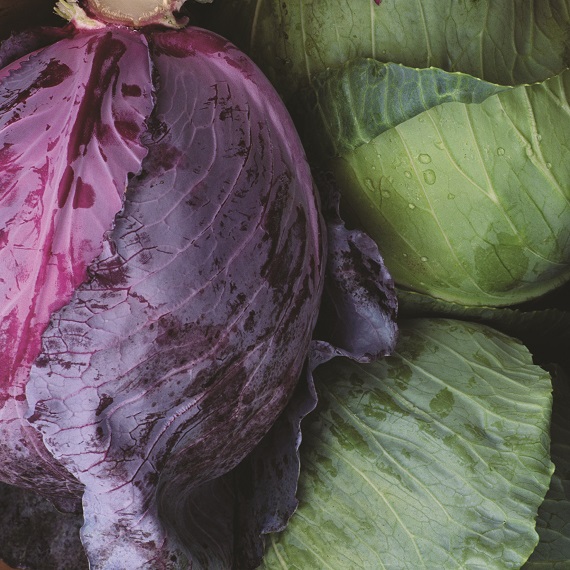
The humble cabbage shares a family with broccoli, Brussels sprouts and pak choi, all members of the Brassica family. However cabbages themselves have a huge sub-family with red, white and Savoy varieties being the most popular in British cooking. This firm, leafy part of the brassica family can be eaten raw, cooked or preserved and due to the extensive number of cabbage varieties there will always be some type of cabbage available all year through as different cabbages grow best at different times of year. There are spring, summer and winter varieties, meaning you can grow your own and have a constant cabbage supply. Although it should be noted that the same soil cannot be used two years running for the entire Brassica family, so make sure they`re moved around the vegetable patch year on year. For sowing any cabbage February "“ September is best as the winter months do not provide ideal conditions for sowing due to the lower temperatures. When choosing cabbages to buy opt for those with all of the leaves still present as sometimes the very outer leaves are stripped prior to sale to make the cabbages look fresher.
Loose leaf varieties such as Savoy are best cooked and to make it the most appealing option on your plate add chilli, coconut and garam masala. Red and white cabbages meanwhile are tasty eaten raw in slaws, but equally red cabbage is delicious when slow cooked in red wine, a sprinkle of sugar and some grated or diced apple.
Cabbage nutrition: one cooked portion (80g) of green cabbage contains 45% of an adults recommended intake of vitamin C and 16% of folate, whilst red cabbage is a little less at 32% of our vitamin C and 12% of folate. White cabbage eaten raw contains 45% and 42% of an adults daily vitamin C and folate respectively.
Cauliflower
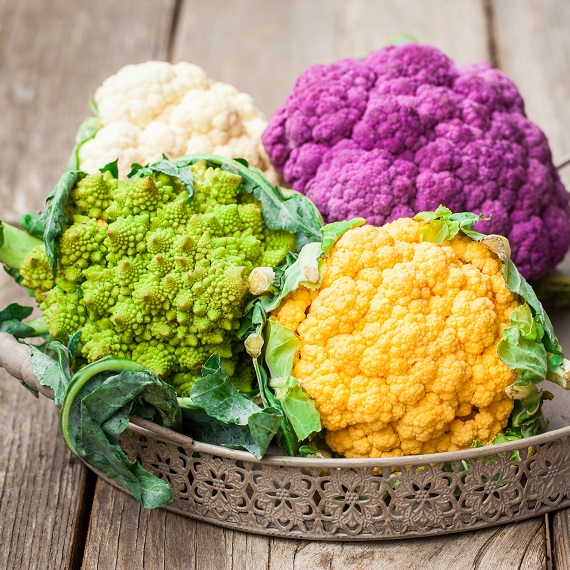
Forget any claims that cauliflower is boring or smelly, if it is cooked creatively for just the right amount of time it will be the star of the show.
Being another member of the Brassica family it is much the same as cabbage in that it cannot be grown using the same soil for two consecutive years. Cauliflower is more seasonal than cabbage and can be sown February "“ May and October "“ December and can be harvested pretty much all year round. They require very fertile soil so have some compost or well-rotted manure to hand if you`re growing your own. Or if you`re buying fresh check the cauliflowers base, it will tell you how fresh it is, the whiter the base the fresher the cauliflower.
When preparing cauliflower to be eaten, naturally the florets are the bits we tend to cook for dishes, but the tough centre can also be eaten it just needs to be cut into small cubes. Alternatively make some of the increasingly popular cauliflower rice "“ blitz the cauliflower in a food processor and give it a brief boil, and you`ve got an alternative to rice to boost your way to your 5 day. Not forgetting the leaves as well, these can be eaten too, raw or roasted, which you may as well when Mother Nature has put all of that effort into growing them.
Cauliflower nutrition: one of your 5 a day (80g) is a source of folate, high in vitamin C and only contains 23kcal!
Did you know: cauliflower comes in white, orange, purple, yellow, brown and green varieties, the latter being the colour of the interesting Romanesco cauliflower with its pointed florets (see image).
Lemons
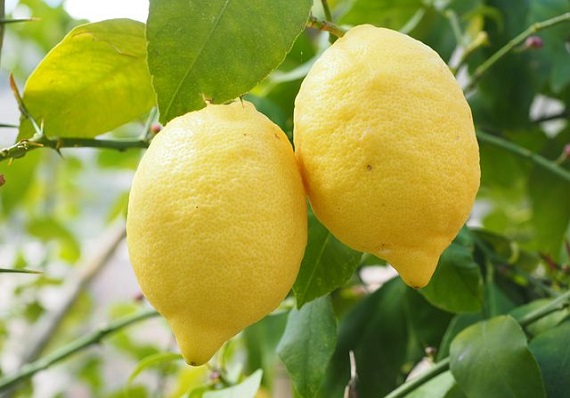
One of the easiest of the citrus fruits to grow in the cooler climate of the UK. In summer lemons will grow in a sheltered, sunny garden position and once they are fully grown they can be left on the tree until you need them to make them last longer than if they were sitting in the fruit bowl.
Lemons are extremely versatile, used in both sweet and savoury cooking, the juice, zest, flesh or a wedge of lemon are found in dishes all over the globe. Lemon juice in Italian pasta dishes, lemon wedges served with British fish and chips, lemon drizzle cake, lemon posset, lemon tea, lemon marinades, the list could be endless.
Lemon juice can be bought bottled, although if a recipe requires the zest too use the juice from a fresh lemon. Those with thicker skins are best for the zest as they won`t break when zested, and opt for unwaxed lemons as it saves having to scrub them prior to use. In the past wax was popularly used to give the lemons a shinier appearance.
Recipe inspiration: Lemon accompanies two of its other fellow citrus fruits in our Citrus Spiced Salmon recipe, allow time for the salmon to marinade and you`ve got yourself your weekly portion of oily fish.
Mussels
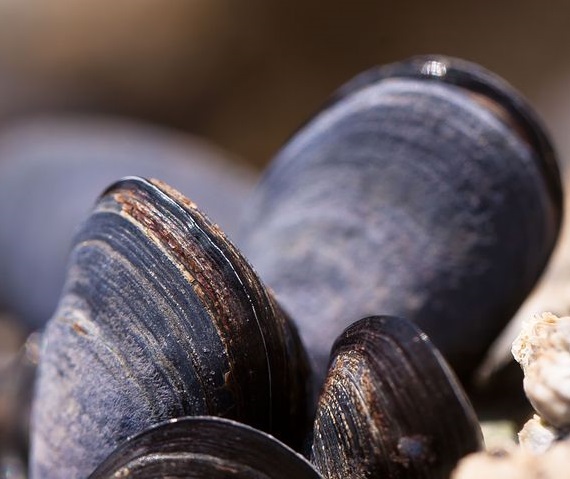
A relatively cheap seafood that many of us shy away from cooking ourselves due to a lack of knowledge around how best to cook them. So we thought we would help out and provide a quick "˜how to` guide:
1. Mussels ideally need to be eaten on their day of purchase, any that are opened, cracked or damaged should be discarded as they are not safe to eat.
2. Firstly they need to be scrubbed to remove any sand and barnacles and then left in cold water to allow the mussels to release any sand from inside their shells.
3. The byssus, the small protein thread that allows them to attach to rocks, then needs to be removed by tugging it towards the pointed hinge of the shell.
4. In a preheated pan with or without the sauce of your choice, the mussels can be steamed - make sure you put the lid on the pan. The shells will then open and they`re ready to be eaten. Any shells that do not open should be discarded.
Mussels are typically served with fresh, chunky bread or chips (Moules-frites is a popular French dish) and are usually cooked in either a creamy white wine (marinère sauce) or tomato based sauce.
Mussel fact: most of the mussels sold for consumption are farmed rather than wild because farming them ensures the water that they are living in is free from pollutants and contaminants.
Sweet Potato
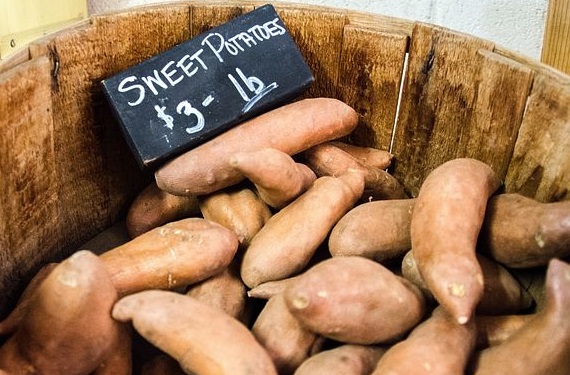
Sweet potatoes are grown best in warmer climates, especially South America, however there are some varieties that are more resistant to the cooler weather, so in the UK they can be sown and kept in an airing cupboard to encourage sprouting. Once they have shoots longer than 5cm they can be potted and grown in a glasshouse, or outside in a bright sunny spot with shelter.
Although they are called a potato, they are actually vegetables (unlike the average British white potato) due to their comparatively higher fibre content and lower starch content. They are cooked in much the same way as squash, as they can be roasted, baked, mashed, diced and added into curries or blended into soup.
Fun fact: sweet potatoes are also referred to as yams, however the term yam covers a whole family with other coloured varieties including those with white flesh and dark brown skin, or yellow or purple fleshed yams with paler brown skin.
Recipe inspiration: Our Sweet Potato Quiche with Goats Cheese is a really interesting and alternative way to use sweet potato as the quiche lining, rather than using pastry.
EAT THE SEASONS
What's best to eat in December?
Nothing tastes better than eating in season. Find out what's at its best in December
 read more
read moreWhat's best to eat in February?
Nothing tastes better than eating in season. Find out what's at its best in February
 read more
read moreWhat's best to eat in March?
Nothing tastes better than eating in season. Find out what's at its best in March
 read more
read more